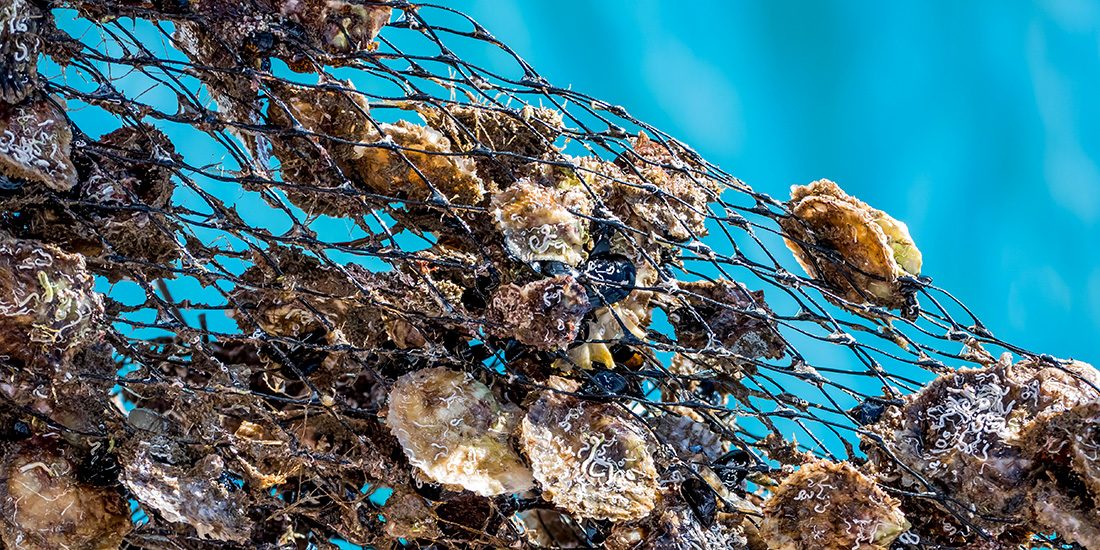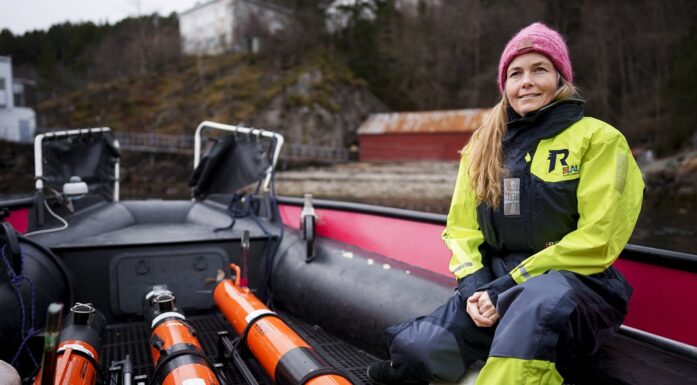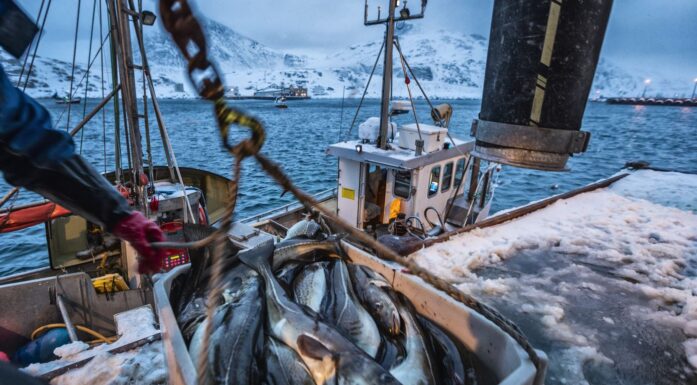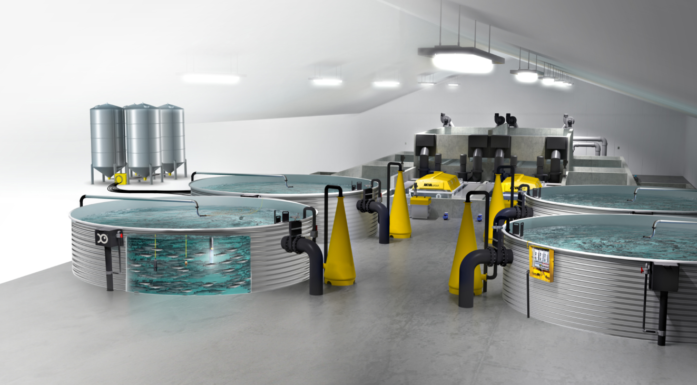Improving occupational safety in aquaculture
Aquaculture used to be a secondary income source for Norwegians. Now it’s become big business. Occupational safety has made steady advances, but some areas clearly still need to improve.
Aquaculture is second only to commercial fishing as the most hazardous occupational sector in Norway. A recently completed study surveyed employees at aquaculture facilities and on service vessels, including management and staff personnel. The researchers asked the industry employees how they assessed the situation.
The new report “Safety Management in Aquaculture” [Sikkerhetsstyring i havbruk] presents the study’s findings and addresses safety issues that management can influence, such as training, supervision, procedures and reporting systems.
SINTEF Fisheries and Aquaculture, SINTEF Technology and Society and NTNU Social Research collaborated to carry out the survey, which was underwritten by the Research Council of Norway’s programme on aquaculture research.
- You might also like: Tomorrow’s fish farms will be unmanned
Work conditions better than before
A similar questionnaire was conducted twelve years ago. At that time, the aquaculture industry was characterized as being in the start-up phase of their systematic health, safety and work environment planning (HSE). The new study confirmed that the industry has come a long way with this safety work, which has brought many advantages but also some disadvantages.
“Senseless formal safety practices can come at the expense of informal safety work,” says Kristine Vedal Størkersen, a researcher at NTNU Social Research.
- You might also like: Fish farming gobbles up phosphorus
May obscure more important procedures
“New employees may not get a proper overview of the procedures that are actually important if they’re bombarded with lots of apparently unimportant procedures. Poor procedures that don’t work in practice may also cause workers to do their work one way and management to believe it’s being done a different way. This discrepancy can lead employees to accept the need to break safety practices to increase production – which rarely favours personal safety,” Størkersen says.
Only commercial fishing had a greater risk of occupational accidents than aquaculture in Norwegian industry in 2017. The 2016 Safety Management in Aquaculture report revealed that acute injuries are the second most common cause of workplace absence in the industry. The study surveyed 447 aquaculture employees.
Future production is likely to happen at sites that are more exposed to waves, currents and wind. Tightening safety measures is thus paramount for the industry and involves both systems that safeguard security and technology that reduces the risk of personal injury.
- You might also like: Robot vision helps detect diseases and keeps fish healthy
Development is headed in the right direction
“In working on the report, we took into account that managers often report more positively regarding systematic safety practices than other employees. But based on the responses given by 135 employees, we can conclude that the safety situation in many areas is good and that developments are moving in the right direction,” Størkersen says.
Most of the respondents believe that employee safety has improved over the past two years. They describe the resource situation as good, including resources used for safety. Almost all the companies participating in the survey seem to be conducting risk analyses, and the use of more operational methods to assess risk – such as job safety analyses – also appears to be widespread.
The use of protective equipment and systems for reporting problems or incidents also appear to be well established.
Article continues under photo.
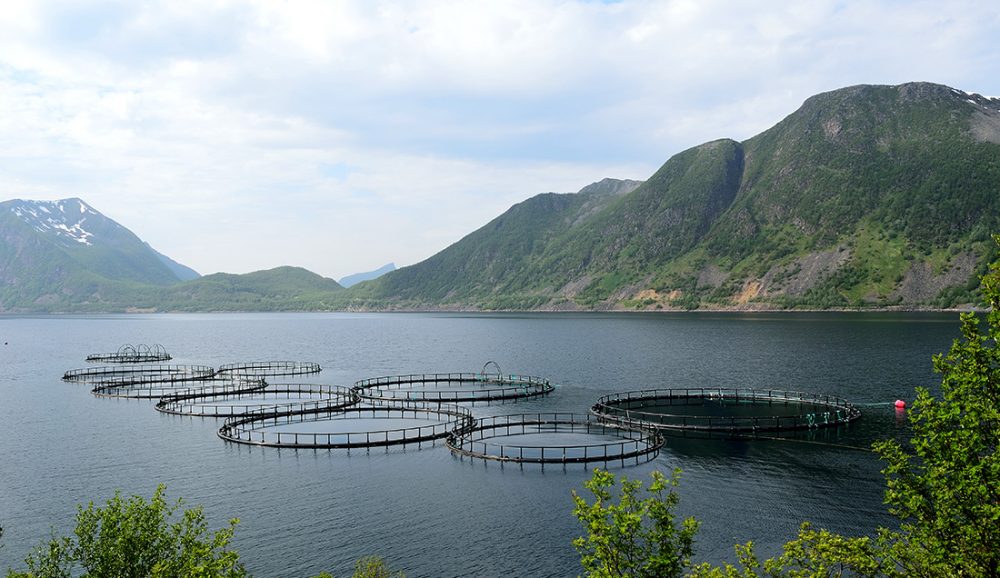
Researchers used questionnaires to survey how aquaculture employees assess their own work situation. A recent report presents their findings, which focus on safety aspects that management can influence. Training, supervision, procedures and reporting systems are examples of such issues. Illustration photo: Colourbox
Still room for improvement
Some areas clearly have room for improvement.
- HSE (health, safety and environment) systems should be more user-friendly. About half of the survey respondents believe that there are too many procedures and rules, and 40 per cent find procedural descriptions difficult to understand.
- Underreporting seems to be an issue, with 67 per cent responding that mistakes and problems are not reported even if they should have been. When incidents fail to be reported, companies don’t have the same opportunities to learn from them or implement corrective measures.
- Crew, work hours and resources stand out as safety challenges. Activity levels peak when major operations require more resources than usual. These demanding periods are challenging to handle in accordance with the Working Environment Act and associated regulations, leading to long workdays for the employees. Too little rest can in turn affect workers’ ability to carry out their work safely. Forty-six per cent of respondents believe that using contract personnel – who are less familiar with the facilities and potential hazards in specific operations – has negative consequences for safety controls. Having enough people and time to carry out operations, adequate time to rest and appropriate training are therefore important for increased safety in the industry.
- Well-boat operations and delousing are often additional projects that involve working day and night for short periods. More of these operations are undertaken now than previously and the work conditions can be stressful for fish farm personnel and for service boat crews, divers and other contracted services.
Conflict between safety and production
The study shows that many people believe production can be prioritized over safety. Respondents say that production considerations supersede safety interests in practice (23 per cent), and 36 per cent agree that in some cases safety rules have to be violated to meet the company’s production requirements.
About half of the respondents believe that spending more time on maintenance work would improve personal safety, while 70 per cent indicate that better training would reduce the incidence of personal injury.
About half of those who took the survey said that the aquaculture industry should get better at learning from each other’s mistakes by sharing reports about them. The sector does not currently use this information for preventive safety work as well as it could.
The respondents called for more work on changing HSE attitudes, and efficient and user-friendly systems for reporting mistakes and problems. The report also recommends safety courses that use concrete examples from actual industry events, along with increased staffing to avoid unreasonably long shifts.
